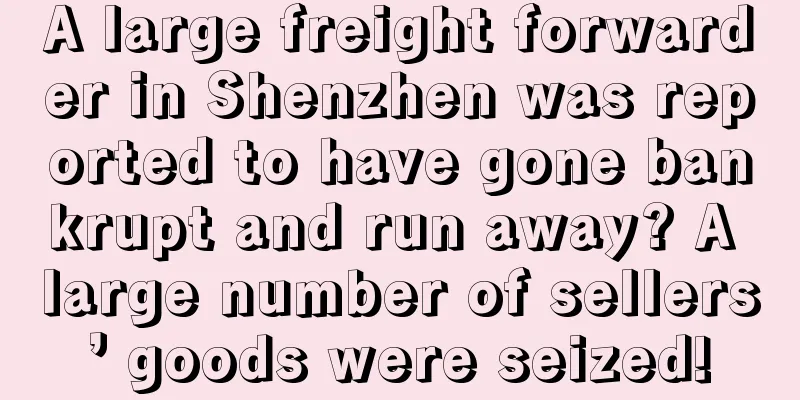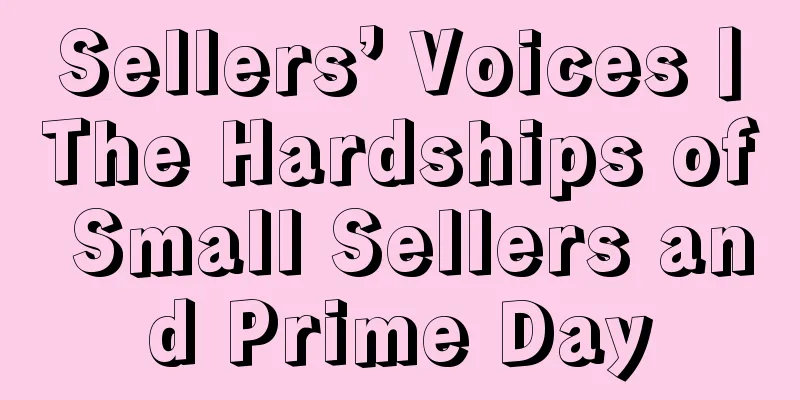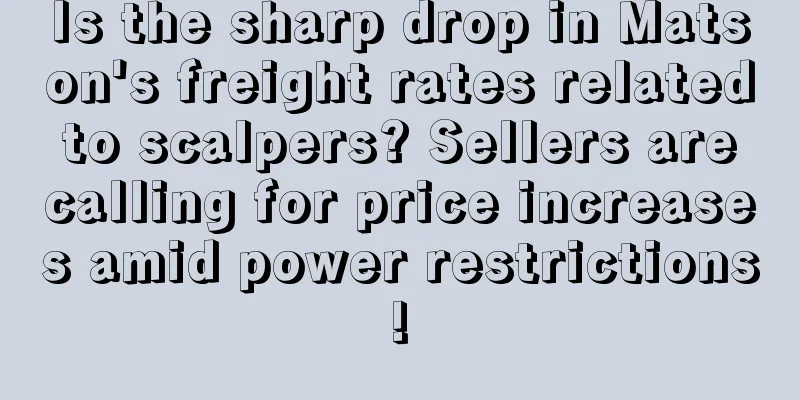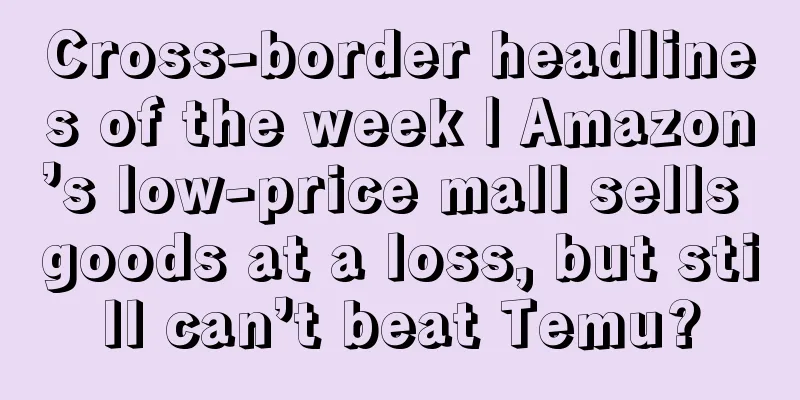|
Recently, the new coupon pricing rules of Amazon US, which came into effect on March 12, have had a significant impact on sellers' operations. The new rules require sellers to meet a series of pricing requirements when submitting coupons, including discount range, product historical prices, etc.
This issue briefly analyzes the potential impact of the new regulations on seller operations and proposes corresponding response strategies.
The simple summary is the following three points:
1. The coupon needs to have a discount percentage between the minimum (5% off) and maximum (50% off). 2. Products need to have sales history to be eligible to run. 3. And the promotional price should be lower than its "original price" or the most recent lowest price. That is to say, if the price or discount of your product does not meet the above requirements, then the product is not eligible for coupons.
The good news is that the new rules will help reduce the abuse of coupons and maintain a fair competition environment on the platform. At the same time, for sellers who operate in good faith, it will also be able to better attract target customers and improve conversion rates.
However, the disadvantages cannot be ignored. For the promotion of new products, we have lost a lever to increase the click-through rate. Under the new policy, new products with 0 orders cannot create coupons normally. As we all know, the green label of coupons is a conspicuous package, which plays an important role in increasing the click-through rate of new products.
In addition, for some sellers who rely on high coupons to attract traffic, this may lead to a decrease in traffic and affect sales.
The implementation of the new regulations will have a certain impact on sellers’ coupon strategies and pricing strategies, but reasonable response and adjustment of strategies can help sellers adapt to changes and maintain steady business development.
This move will also help improve platform transparency and consumer trust, and promote the healthy development of the entire Amazon ecosystem.
In addition, Amazon also reminds that if sellers receive a message about a coupon error, they can do the following:
1. Product price history issue: To make this product meet the requirements, you can build a sales history by selling more products to generate a "historical selling price". 2. Increase the discount: Make sure the promotional price is lower than the product’s “historical selling price” or the recent lowest price. 3. Minimum/maximum discount issue: Update the promotional price discount percentage so that it is between the minimum discount (5%) and the maximum discount (50%). After the new policy, how should sellers promote new products?
Many sellers have reported that: "The previous operation mode of using high prices + large coupons may be restricted!" On the surface, the new policy requires that there must be a sales record before the coupon can be used. In other words, the 20% coupon cannot be activated directly when a new product is put on the shelves. Sales must be made first; but Amazon has not clearly stated the specific sales volume requirements!
Many sellers are worried that the implementation of the new rules will make their operations more difficult. Especially for sellers who plan to launch new products, this regulation is almost an insurmountable threshold.
Since new products lack historical reference prices, they cannot use coupons as a marketing tool to attract traffic, which undoubtedly increases the difficulty of promoting new products.
In addition, sellers are generally concerned that the new rules will affect their operating rhythm and strategy.
According to the new regulations, if they want to carry out continuous promotional activities, they must gradually increase the amount of coupons, and can no longer adopt the previous strategy of attracting consumers with the lowest price first and then gradually raising prices.
This step-by-step price increase method undoubtedly runs counter to the marketing habits of many sellers, requiring them to readjust their operating strategies.
Some sellers even bluntly stated that the new rules seem to force sellers to lower prices, which undoubtedly further increases their operational pressure.
In the fiercely competitive e-commerce market, how to balance price and profit while meeting consumer needs has become a new challenge that sellers need to face. In response to the challenges of Amazon's new regulations, we offer the following suggestions to sellers to help them better cope with policy changes:
1) Fine-tune product pricing strategy In the new market environment, sellers need to formulate product pricing strategies more scientifically and accurately, not only to ensure profit margins, but also to avoid falling into the quagmire of price wars. By thoroughly studying market demand, competitor pricing, and their own cost structure, sellers can develop pricing plans that are both competitive and profitable.
2) Innovate promotional methods and attract traffic in a diversified way In addition to coupons, sellers can also combine flash sales, discounts, and discounts to increase product exposure and attractiveness. Through diversified promotional methods, not only can the use of coupons restricted by new regulations be compensated, but more traffic and potential customers can also be brought to the store.
3) Improve product competitiveness and create brand characteristics In the fierce market competition, product quality and service level are the key to winning consumer trust and loyalty. Sellers should focus on improving product quality, optimizing shopping experience, and making differentiation at the service level. By creating unique brand characteristics and advantages, sellers can stand out from the competition and win the favor of consumers. How to deal with the new coupon regulations?
Although the three rules of coupons strictly limit the use of coupons, it is not helpless for sellers who need to offer larger discounts or adjust different promotional efforts.
Three logos must be displayed on the link: the logo will only be displayed if the discount is greater than 5%. 1. The coupon has an orange logo. The discount will be displayed if it is 5%-50%. 2. A green logo will be displayed for multiple purchase promotions. If the discount is greater than 5%, it will be displayed. You can set a 5% discount for buying 3 pieces. 3. Additional purchase discount yellow logo. If the discount is greater than 5%, it will be displayed. You can set a 5% discount on the purchase of product A and then product B. 4. Exclusive discounts. The combination of coupons and exclusive discounts provides additional traffic entry without affecting our lowest price. 5. Subscribe and Save. For fast-moving consumer goods that meet the Subscribe and Save rules, we set a discount of about 5%, which can increase customer repurchase rate, improve customer brand stickiness and loyalty, and increase our order sales. The implementation of Amazon's new coupon rules undoubtedly marks a solid step forward in the platform's efforts to regulate market order and improve consumer experience. In the face of this change, sellers should actively adjust their strategies and deepen product competitiveness to adapt to the new market environment, so as to stand out in this fierce commercial competition. In the future, Amazon will continue to optimize platform rules, further standardize market operations, and create a better shopping experience for consumers. Therefore, sellers need to maintain keen insight, keep up with the pace of platform development, actively embrace every change, and ensure that they always maintain a leading position in the fiercely competitive market.
|










